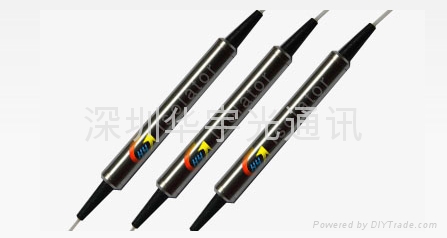

If this information is not specific enough, tell us about your drive voltage source. The former will drop around 0.8V, so you should recalculate the resistor value with the voltage across the resistor being reduced by 0.8V.

The simplest kind is a transistor connected as an emitter follower, or a MOSFET connected in common source configuration. If it comes from an IC, it may not be able to supply that much current, and you may need a buffer of some kind. Make sure your drive voltage source can supply at least 20 mA comfortably. Repeating the calculation for a 12V drive voltage, the voltage across the resistor will be 10.8V, so:Ĭlosest lower preferred value would be 680 ohms. Since 15 mA is the minimum current you want, and higher current corresponds to lower resistance, you need to choose a preferred resistance that's lower than 253 ohms - 240 ohms or 220 ohms would be suitable. 0.015A (you must use amps, not milliamps, in the formula)Ģ53 ohms is not a preferred resistance value. If the drive voltage is 5V, there will be about 3.8V across the resistor. (Your drive voltage source also needs to be able to comfortably supply at least this much current.) The value is chosen to set the current to at least 10 mA. The LED has typically 1.2V across it, so the rest of the drive voltage is dropped across the resistor.

Current flows through the circuit from left to right. Positive is shown on the left, and negative (your 0V rail) on the right.
#TTL OPTICAL ISOLATOR SPARKFUN SERIES#
The resistor is connected in series with the LED and the drive voltage is applied across the series string. **From my memory, I believe that those wires in the pictures are a 5v and 12v power/gnd and then one that goes to the controlling pin on the development board (it is a programmable card that uses eproms and zbasic) Will confirm and get more details on monday.ĭrive voltage (+) -\/\/\/\/-|>|- 0V I really appreciate yours (and others) help! Sorry I know so little here. If you have some questions I should ask him then I will do that! Really though I just need to know if the smaller one (or another one like it) would work with that level of current and other info, connecting it in the same way as a replacement. I will ask why we need it exactly on Monday and post here. I am not sure why we need the opto isolator exactly, I thought that it was to prevent bleeding from the high voltage circuitry to the lower, maybe it lowers noise from the solenoid, I saw on another forum old discussions where people were discussing optoisolators for solenoids as well, it seemed like something you have to do). This is all in a neuroscience lab and we do electrophysiology recordings that are on the nanoAmp scale ( it is a separate circuit, but even just being in the same room it is affected (I don't know if that is from a common ground or what, we recently switched to batteries because the old power bar caused issues! electromagnetic fields are a big noise problem too). I do know that my PI (runs the lab) said that he considered some type of physical relay (two pieces of metal somehow coming together to complete a circuit.) The reason he did not go with that is because it creates some noise. Well, like I said, this is not my area and I don't know that much about it. Picked the wrong file! Here is the correct one.


 0 kommentar(er)
0 kommentar(er)
